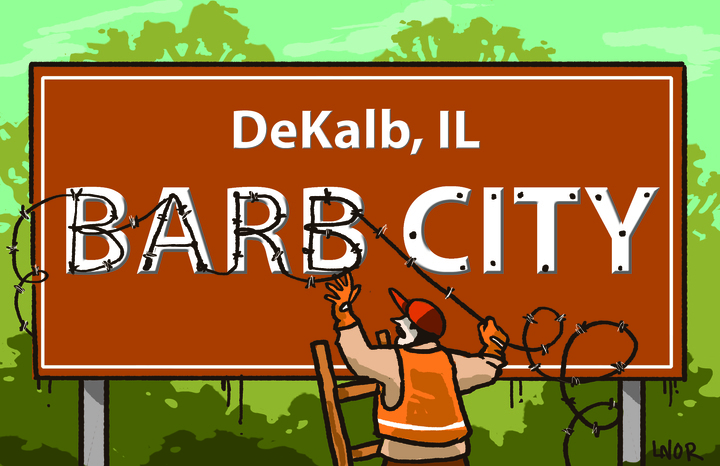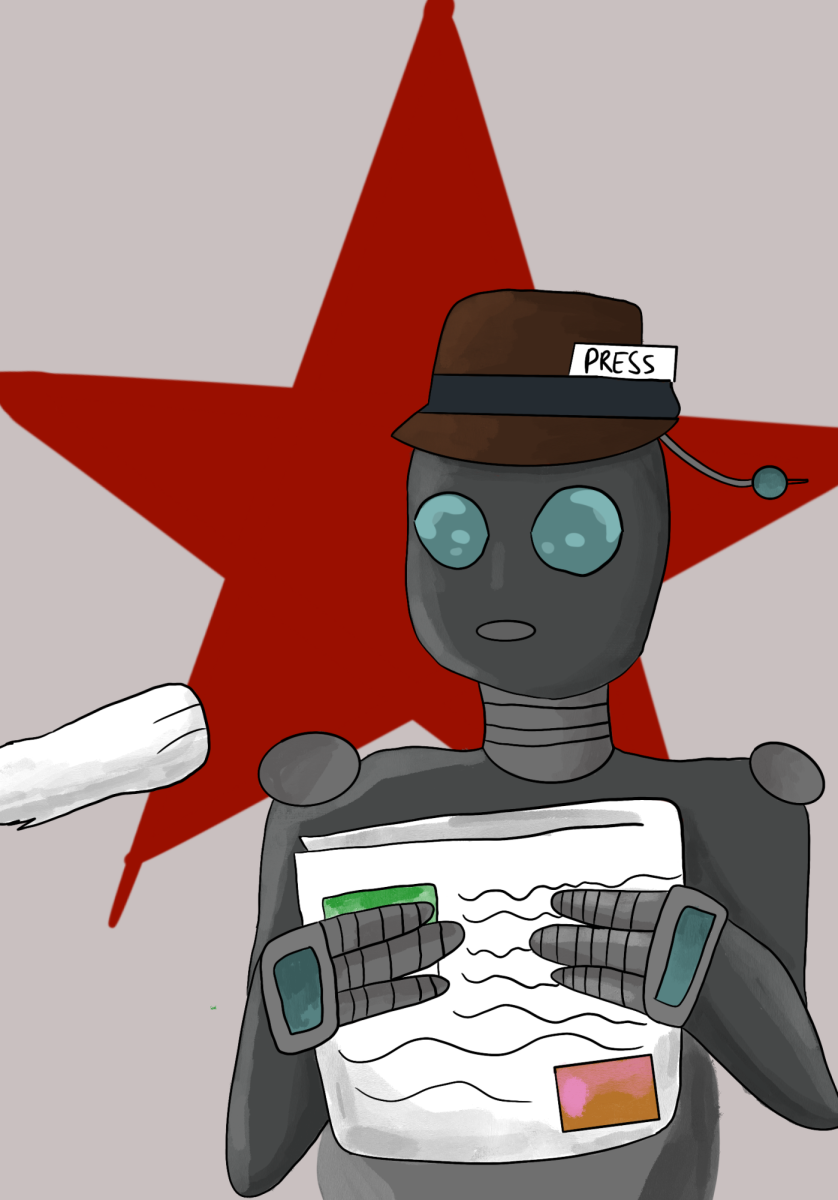On Sept. 25, the contract for the city of DeKalb to purchase the building that was once the first barbed wire factory was approved. At the same time, an insulting conversation about turning the building into a parking lot ensued.
The property at 128-140 S. Second St. has a long history with the city of DeKalb; but now, DeKalb is thinking of turning its back on history and installing a slab of dull, gray concrete.
DeKalb, or “Barb City,” is famous for Joseph Glidden and his reinvention of barbed wire. Glidden was not the first to invent the fencing, but he was the one who turned it into the twisted wire seen today, according to History.
“He twisted barbs out of his wife’s hairpins, used his friend Phineas Vaughn’s anvil and grindstone to twist the wire and a cottonwood tree to fasten the other ends of the wire,” said Sarah Glidden DeMink, Glidden family member and director at Glidden Homestead Historical Center, in an interview with the Northern Star.
Barbed wire had a major impact on the cattle industry, as it limited free-range roaming. The wire established property lines and kept cattle from roaming too far. Farmers in the industry could rest easier as the invention was able to control their herds for them.
Glidden eventually sold half of his industry to Isaac Ellwood, and the two of them created Barb Fence Co., according to the Ellwood House Museum.
Perhaps the structure doesn’t fit with the needs of DeKalb today, but instead of leveling the historic structure, it could be turned into a more productive resource.
Any number of businesses could be put in its place, businesses that will benefit the city and create more jobs. If the goal was to keep history alive, the structure could be turned into a museum for tourists to visit and schools to attend. On the other hand, the building could be left to itself, a visible part of history that changed DeKalb and the American West.
With such a long history that extends far beyond the city limits of DeKalb, it is almost sad the city would even consider diminishing it to a layer of asphalt.















